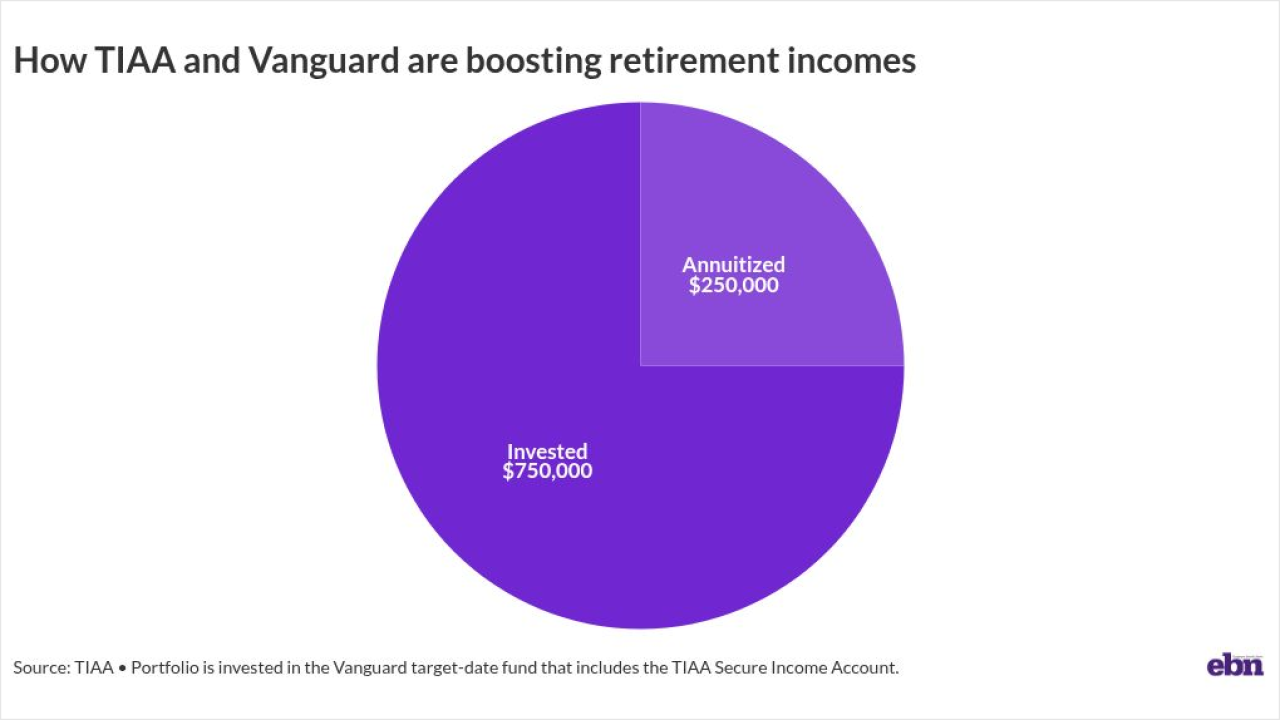The power of quality content is undeniable, but companies that prioritize inclusive language across their organization automatically land high in the minds of current and prospective employees. And the embrace of artificial intelligence tools can help organizations get there.
In order to prepare for population shifts in present and future workforces, employers should be taking a hard look at what their company's language says about their overall level of inclusivity. Gen Z, which will soon make up the majority of the workforce, is the most diverse U.S. generation to date in terms of race, ethnicity and sexual orientation, according to the American Psychological Association. Meanwhile, the Department of Labor projects the
"We need to encode inclusivity and equity not only into the language of our company's mission, purpose and values, but also as a conversation starter for the larger issues around diversity, equity and inclusion," says Kiana Minkie, senior marketing content specialist at AI-based software company Acrolinx, which helps organizations focus their content and messaging. "More than ever, we're experiencing a greater awareness of different identities in the workplace, and that has necessitated the discussion of inclusive language."
Read more:
Companies can embrace AI technology to govern content, filtering for out-of-date and non-inclusive wording, as well as editing to curate everything from marketing to internal communication so that it reflects the mission of the organization as a whole. Used by companies such as Google, IBM, Microsoft and Amazon, Acrolinx is one such platform that helps clients streamline the process of generating inclusive content. When this is tied into a company's inclusive initiatives, it signals that employees are safe to be who they are at work, says Minkie.
"Language alone can't solve the problem," she says. "It is easy to adopt inclusive language and enforce it without necessarily changing the attitudes behind it. It always needs to be paired with an executive-sponsored set of initiatives that cover all the different domains of the business. For example, we have an internal diversity and inclusion committee, a gender-neutral bathroom and an inclusive language guide that's regularly updated."
Read more:
When it comes to
For marketing purposes, messaging should avoid language that evokes stereotypes and focus instead on creating a unified content experience, Minkie says. Measuring and ministering content and feedback is crucial, and adjustments should be made when necessary.
"Content is the lifeblood of an organization," she says. "It all needs to sound like it's coming from your brand, and it should not deliver a fragmented, chaotic feel, because it ends up ruining the customer experience. True success with content can only happen with a content governance strategy — you have to understand what your audience needs, how your enterprise communicates with that audience, and you have to turn those needs into actionable guidance that diversity skill writers can follow."
Read more:
By aligning all areas of company content to be
"The biggest challenge moving forward is lack of governance," she says. "Companies are creating thousands of pieces of content a month — they can't actually keep up with the editorial process, which alone creates compliance and communication risks. Do you really know that every single piece of content is being published in a way that's aligned with your expectations, and the expectations of your audience?"






